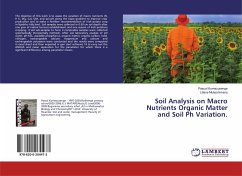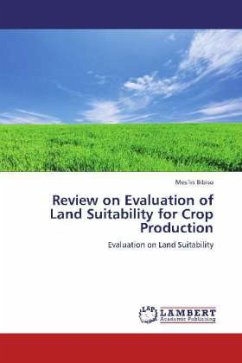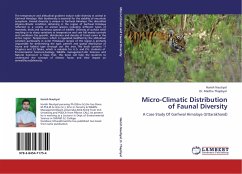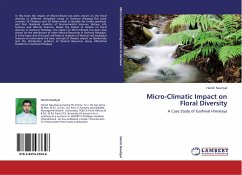Each plant nutrient is needed in different amounts by the plant, and varies in how mobile it is within the plant. Those used in the largest amounts, carbon, hydrogen and oxygen, are non-mineral elements supplied by air and water. The other 13 elements are taken up by plants only in mineral form from the soil or must be added as fertilizers. Plants need relatively large amounts of nitrogen, phosphorus, and potassium. These nutrients are referred to as primary nutrients, and are the ones most frequently supplied to plants in fertilizers. The three secondary elements, calcium, magnesium, and sulfur, are required in smaller amounts than the primary nutrients. The micronutrients consist of seven essential elements: boron, copper, chlorine, iron, manganese, molybdenum, and zinc. These elements occur in very small amounts in both soils and plants, but their role is equally as important as the primary or secondary nutrients
Bitte wählen Sie Ihr Anliegen aus.
Rechnungen
Retourenschein anfordern
Bestellstatus
Storno








